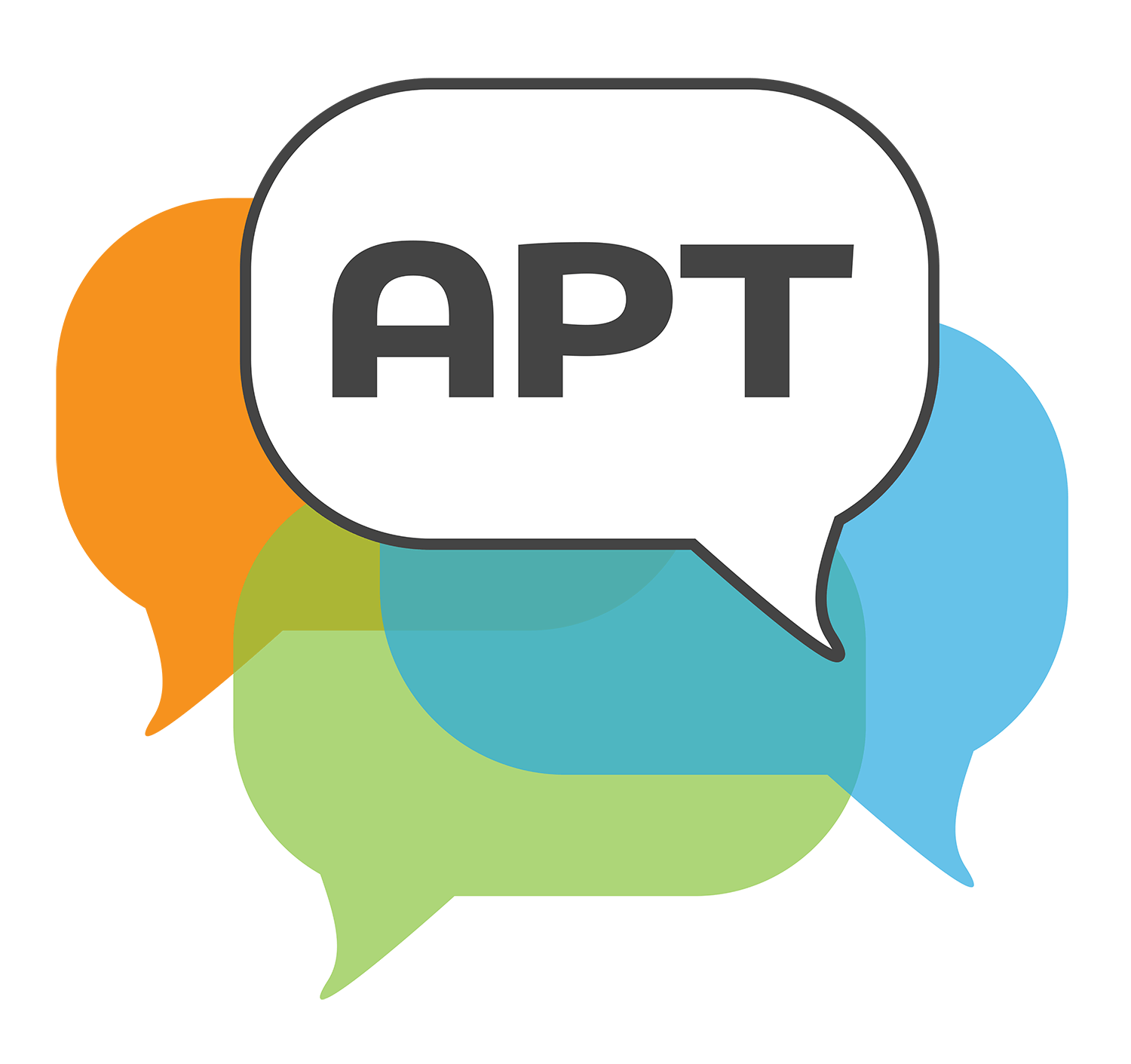Across Content Areas
Language Arts
While other content areas use language to learn disciplinary content, ELA classrooms focus on the language itself: on the nature of language and its use as a tool for communication and learning. The use of language includes reading, writing, vocabulary, spelling, and speaking, as well as the use of these tools or abilities to comprehend texts (literature, as well as texts and materials in the disciplines). In essence, the goal of ELA instruction is to produce confident readers capable of extracting and constructing meaning about, around, and with all kinds of text.
Academically productive talk can be a highly effective instructional technique because it requires students to think reflectively about the texts they read in order to participate in discussion.
Common goals of discussion in ELA, as in other content areas, include using talk as a tool for gathering knowledge from text in order to establish a common understanding, to allow students to connect their own experience to the text, and to support students’ high-level comprehension by promoting their active engagement in analysis and interpretation of any materials (e.g., texts or demonstrations).
Establishing a common understanding.
ELA teachers routinely employ instructional activities that help students comprehend texts. For example, most ELA classrooms use vocabulary and strategy instruction through which students learn relevant language as well as how to identify important aspects of a text, such as themes or the main idea. APT can be used to increase student engagement in these activities, and thus their comprehension.
The following two video clips show a classroom in which a teacher is leading a discussion with the goal of helping students understand vocabulary from a text.
In this video, the teacher’s goal is to ensure that students have a precise understanding of the word eligible. She asks students questions, but keeps authority over the answer. She does not accept their initial response (that she is eligible to tie her shoe). She consolidates their understanding of the meaning of eligible by giving them an opportunity to discuss examples in their own lives of things they are and are not eligible for.
The clip above is from:
Definition of the Word "eligible"
Language Arts • 6th Grade
In the video, the teacher is also establishing a shared understanding of vocabulary. She asked the students to identify unfamiliar words or phrases in a fictional text about a basketball game. During the discussion that follows, the students consider what “nursing their lead” and “high crossover” mean. Unlike the word eligible in the prior video clip, the meaning of these phrases cannot be looked up in a dictionary. Note that in the discussion, the teacher was primarily concerned with students gaining a sense of what the author was trying to communicate (e.g.: is it positive or negative?). The goal of this discussion is to help students attain a shared understanding of the text’s meaning.
Connecting text and students’ experiences.
As in other content areas, ELA teachers often encourage a connection between the content and students’ own experiences. But because ELA features poetry and fictional texts, and focuses on the use of language to spur imagination and create emotions in the reader, students’ personal experiences can be those created by the text.
Within ELA classrooms, it is also commonplace for teachers to encourage students’ enjoyment of reading through application of programs like Book Club, in which students can choose the texts they read and talk about them with their classmates. This kind of reading promotes students’ interest by encouraging them to live through the text. The video clip below demonstrates a discussion with this type of goal.
The students in this clip read a poem by Rita Dove and have identified a personal favorite word or phrase from the poem. The teacher then asked them to share the word or phrase they selected with the class—a move that allows their personal response to be voiced to others. She allowed time for students to speak in pairs about their choice. Notably, the teacher emphasized that there is no right or wrong answer; students are the authorities regarding their personal opinions and feelings in relation to the poem.
Active engagement in analysis and interpretation.
Although ELA teachers frequently lead classroom discussions in which students are asked to glean information or relate personally to a text, they less commonly embrace modes of instruction that ask students to think critically and reason through the ideas presented in a text.
Talking only about the information presented in the text misses the opportunity for deeper learning that comes with talking around and with the text. In other words, students should think about the underlying ideas in the text, how these ideas relate to the students’ prior knowledge, and how to interpret the text within their own contexts and opinions. Embracing these kinds of goals requires a shift in classroom culture: typically, the teacher holds the ultimate authority over students’ understanding of a particular text, but in order for students to reach a high level of comprehension, they must be given the opportunity to interpret the text for themselves.
In this video, the students discussed a story they read about the sinking of the Titanic. The teacher allows the students to pose the questions for discussion. She begins by establishing a set of rules and goals for the discussion that encourage students to speak freely, to ask different types of questions, and to use evidence and reasoning to support their ideas. Importantly, the students in this video had previously participated in such discussions and continued to practice their discourse skills here. It is also notable that, after her initial comments, the teacher allowed students the freedom and opportunity to voice their ideas and respond to each other, rather than jumping in with clarifications or other forms of direct instruction. As such, the students engaged in talk that is rich with reasons and evidence cited from the text, as well as instances in which students challenged each other’s ideas to ultimately come to a more nuanced understanding.


